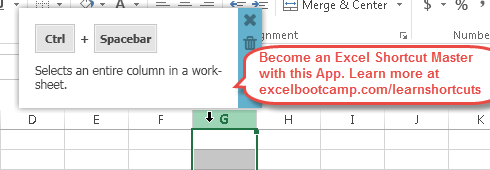3 Easy Ways to Add Columns Across Excel Sheets

In the world of data analysis and organization, Microsoft Excel stands out as a versatile tool for professionals and hobbyists alike. However, managing large datasets across multiple sheets can often become cumbersome, particularly when you need to summarize or analyze data from different parts of your workbook. Adding columns across Excel sheets can streamline your workflow and enhance your ability to manage data efficiently. Here are three easy ways to achieve this:
1. Using the Consolidate Function


Excel’s Consolidate function is a powerful tool for merging data from multiple sheets into a single location. Here’s how you can use it:
- Navigate to the sheet where you want the consolidated data to appear.
- Select the cell where you want to start the consolidation.
- Go to the Data tab, click on “Consolidate” in the Data Tools group.
- In the Consolidate dialog box:
- Choose the function you want to use (e.g., Sum, Average, Count).
- Click Add to include the range from another sheet. Repeat for all sheets where data needs to be consolidated.
- Ensure the “Top row” and “Left column” options are checked if your data has headers or labels.
- Click OK to complete the process.
2. Employing Macros for Column Insertion


For users familiar with Excel’s VBA (Visual Basic for Applications), macros can automate the process of adding columns across sheets. Here’s a step-by-step guide:
- Open the Visual Basic Editor by pressing Alt + F11 or through the Developer tab if enabled.
- Insert a new module by right-clicking on any of the objects in the Project Explorer, then choose Insert > Module.
- Copy and paste the following macro into the module:
Sub InsertColumnAcrossSheets() Dim ws As Worksheet Dim LastCol As Long Dim rng As RangeFor Each ws In ActiveWorkbook.Worksheets With ws LastCol = .Cells(1, .Columns.Count).End(xlToLeft).Column Set rng = .Cells(1, LastCol + 1) rng.EntireColumn.Insert rng.Offset(0, -1).Copy Destination:=rng End With Next ws
End Sub
- Run the macro by pressing F5 within the VBA Editor or by creating a button in Excel linked to this macro.
This macro will insert a new column after the last filled column in each sheet and copy the data from the previous column into it.
🌟 Note: Always back up your workbook before running macros to prevent unintended data changes.
3. Utilizing Power Query


Power Query, an Excel add-in for data transformation, can be used to merge or append data from multiple sheets. Here’s how you can do it:
- Go to the Data tab and click on “Get Data” > “From Other Sources” > “From Microsoft Query”.
- In the Query Editor:
- Click on “From Table/Range” for each sheet you want to consolidate.
- Use the Append or Merge function to combine the data.
- Transform and clean the data as needed using the Power Query editor tools.
- After transforming the data, load it back into Excel by selecting “Close & Load” which will either append or create new columns in your destination sheet.
✨ Note: Power Query is not automatically included in all Excel versions; you might need to download and enable it.
Each of these methods has its strengths. The Consolidate function is straightforward for quick operations with consistent data structures. Macros offer a high level of customization for complex tasks. Meanwhile, Power Query provides a robust data transformation tool, ideal for large datasets with multiple transformations needed before consolidation.
The conclusion of implementing these techniques in your Excel workflow can lead to significant time savings, increased accuracy, and better data management. Not only do these methods allow for quicker analysis, but they also reduce the chance of human error by automating repetitive tasks. Whether you're summarizing sales data, tracking project milestones, or analyzing customer information, adding columns across sheets can transform your approach to data handling in Excel.
What happens if my sheets have different structures?

+
When using the Consolidate function or Power Query, Excel can handle sheets with different structures, but for accurate results, ensure that your reference data or headers align across sheets. Macros can be adapted to deal with structural differences by explicitly defining the ranges to copy or manipulate.
Can I undo changes made by macros or Power Query?

+
Yes, but it’s not straightforward. For macros, you can revert changes if you have the original data backed up. Power Query has an undo functionality within its editor, but once you’ve loaded the data, you might need to reload from source or use Excel’s undo feature if it’s within the same session.
How do I ensure data integrity when combining information?

+
Maintaining data integrity involves several steps:
- Verify data sources are identical or compatible.
- Use functions like VLOOKUP, INDEX/MATCH, or Power Query to align data where necessary.
- Utilize Excel’s data validation to prevent incorrect data entry.
- Regularly audit your data for consistency, using tools like conditional formatting to highlight discrepancies.



